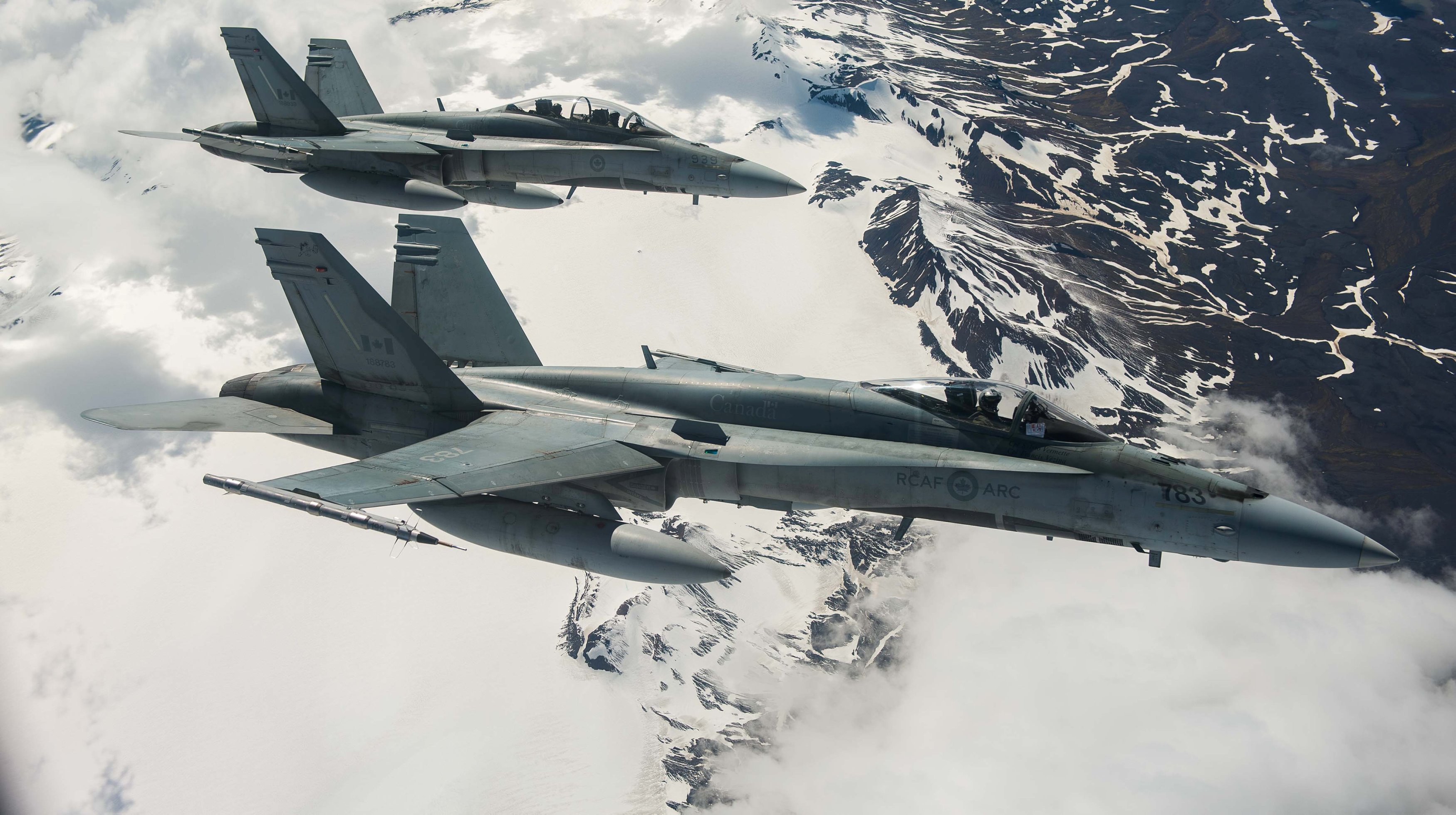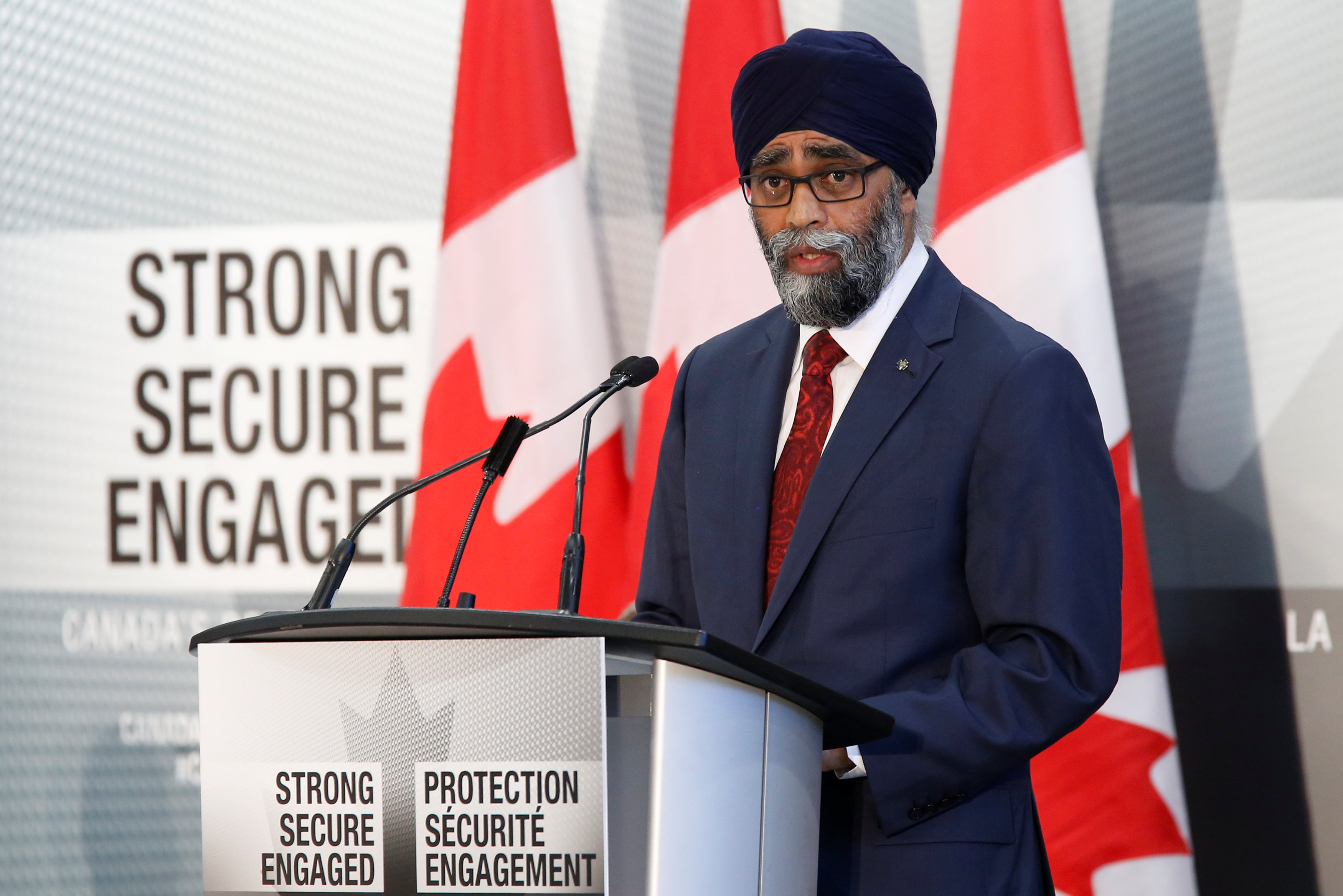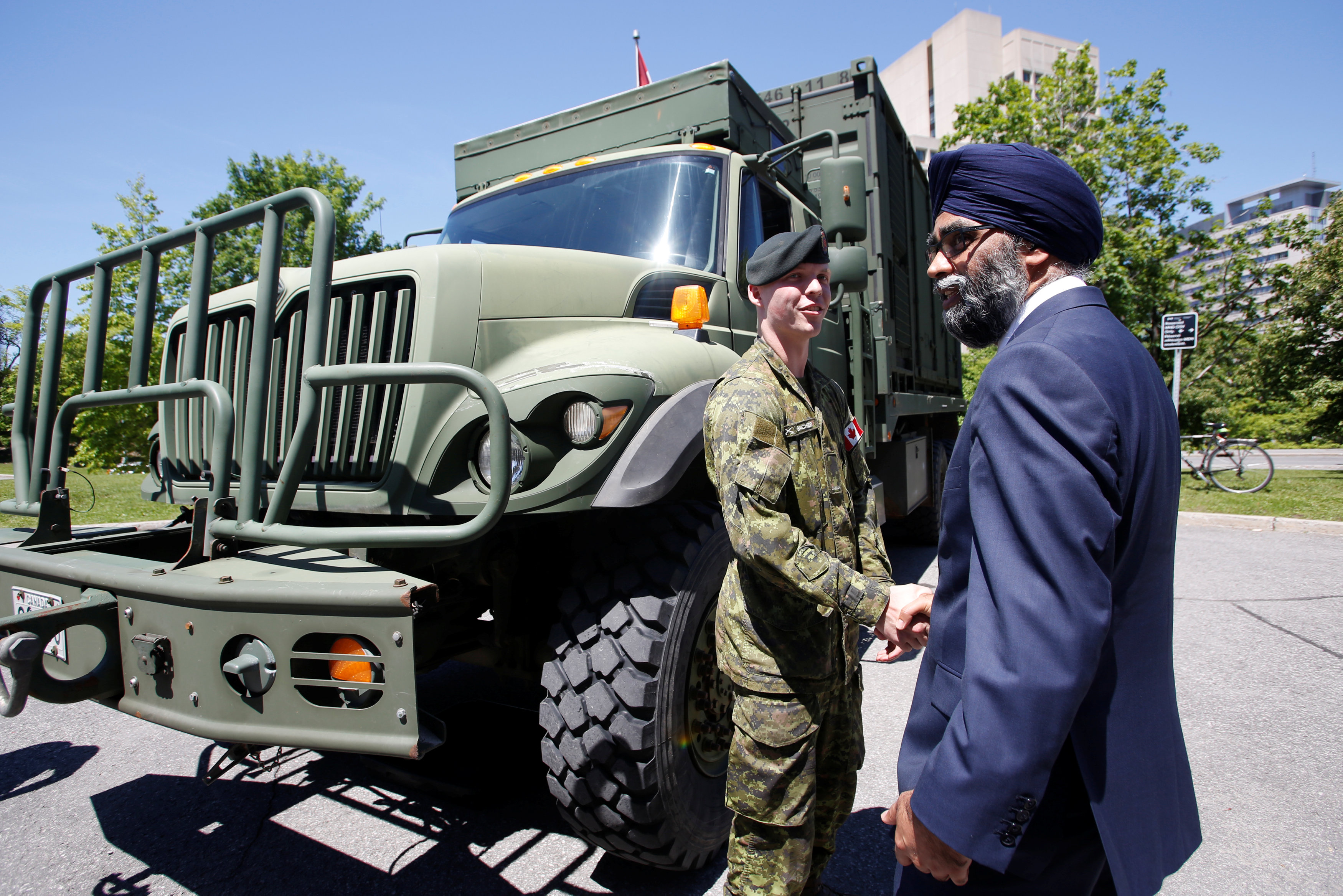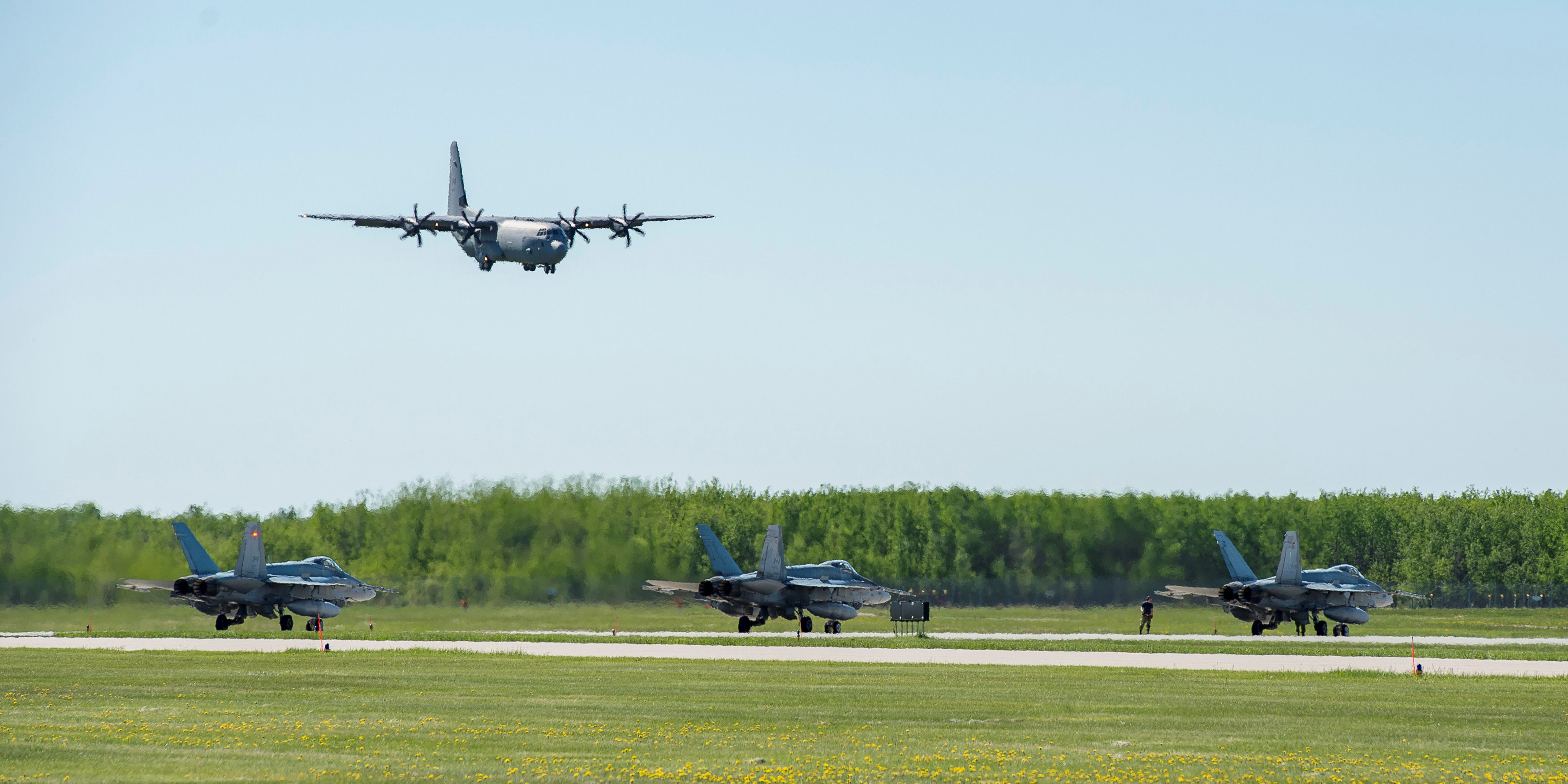Canada hikes military spending as Trump demands allies step up

Justin Trudeau’s government plans to ramp up defense spending by more than C$10 billion ($7.4 billion) annually within a few years as the nation braces for a more isolationist U.S.
Defense Minister Harjit Sajjan released a defense policy review Wednesday, outlining a 20-year military procurement strategy that reiterates plans to replace its existing fighter jets and renew its fleet of warships.
Defense spending will increase to 1.4 percent of gross domestic product by the fiscal year that ends March 2025, Sajjan said. That’s up from 1.2 percent currently but still short of a North Atlantic Treaty Organization goal of 2 percent.

President Donald Trump’s decisions to pull the U.S. out of the Paris agreement on climate change and the Trans-Pacific Partnership trade pact are testing the decades-old system of international rules and alliances built in the aftermath of World War II. That includes questions over whether the U.S. remains a reliable guarantor of global security following Trump’s lukewarm approach to NATO and his insistence that allies foot more of the bill for collective defense.
The sense that the U.S. is becoming an unpredictable partner is being echoed throughout much of the world — prompting German Chancellor Angela Merkel to call on Europeans to “take our destiny into our own hands.” Yet the situation is more delicate for Canada, which is linked with the U.S. by geography, trade and history like no other country. About three-quarters of Canada’s exports are shipped to the U.S., and the two countries share the longest international border.
The Trudeau government laid out its world view in a major policy speech Tuesday by Foreign Affairs Minister Chrystia Freeland in which she made a staunch defense of the rules-based global order and pledged to press ahead with international alliances even if it means drifting away from the U.S.
[Canada seeks larger world role as U.S. retreats: foreign minister]
She also said the country should be careful not to become a “client state” of its neighbor. “Although we have an incredibly good relationship with our American friends and neighbors, such a dependence would not be in Canada’s interest,” Freeland said.

Here are some other highlights of the defense review:
– Defense spending will increase to C$32.7 billion by the 2026-27 fiscal year, from C$18.9 billion in 2016-17.
– The air force will replace the CF-18 jets with 88 fighter aircraft after a competition, and “continues to explore the potential acquisition of an interim aircraft” until the new fleet is in place. The cost of the planned air force equipment purchases including the fighter jet replacement is C$26.4 billion.
– Canada will replace its current fleet of 15 destroyers and frigates with a single class of vessel, at a new estimated cost of C$56 billion to C$60 billion.
